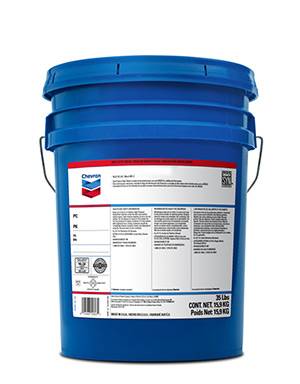दिसम्बर . 06, 2024 17:33 Back to list
20 mm gate valve
Understanding the 20 mm Gate Valve A Key Component in Fluid Control Systems
In the realm of industrial and domestic plumbing, valves play an essential role in regulating the flow of liquids and gases. One of the most fundamental and widely utilized types of valves is the gate valve. This article focuses on the 20 mm gate valve, exploring its design, functionality, advantages, and applications.
What is a Gate Valve?
Gate valves are linear motion valves that are used to start or stop fluid flow. They consist of a metal gate or wedge that slides between two seats. When the handle or actuator is turned, the gate rises or lowers, which either allows or stops the flow of fluid. Gate valves are typically used in applications requiring minimal pressure drop when the valve is fully open.
Design of the 20 mm Gate Valve
The 20 mm gate valve is defined by its diameter, which is 20 millimeters (or approximately 0.79 inches). This size is common in both residential and commercial applications, where it is crucial to control the flow of water or other fluids. The design often includes
- Body The main structure, which houses the internal components and connects to the pipes. - Gate/Wedge The moving part that opens or closes the valve. It is designed to fit snugly against the seat when the valve is closed. - Seat The surface against which the gate seals when the valve is in the closed position, preventing leakage. - Stem The part that connects the gate to the opening mechanism (manual handle or automated actuator). - Bonnet The cover that houses the stem and provides access to the internal components for maintenance.
Functionality
When a 20 mm gate valve is in the open position, the gate is fully retracted, allowing fluid to flow unobstructed. This design minimizes turbulence and pressure loss, making gate valves ideal for applications where a straight-flow passage is desired. However, when the valve is closed, the gate fits tightly against the seats, ensuring that no fluid can pass through.
Advantages of the 20 mm Gate Valve
1. Minimal Pressure Drop Because the gate valve provides a straight passage for fluid flow when open, there is minimal restriction, resulting in less pressure drop compared to other valve types. 2. Reliable Performance Gate valves are typically robust and reliable, making them suitable for a wide range of applications. They can be used for both low and high-pressure systems.
20 mm gate valve

3. Bubbling and Leakage Prevention When closed, gate valves offer a good seal, preventing leakage and maintaining system integrity.
4. Versatility The 20 mm size allows for flexibility and ease of installation within various plumbing setups, from residential water supply lines to industrial processes.
Applications
The 20 mm gate valve finds a variety of applications across different sectors
- Residential Plumbing Used in water supply systems to control the flow of water to various fixtures.
- Irrigation Employing gate valves in irrigation systems allows farmers to manage water flow effectively.
- Industrial Processes In manufacturing and chemical processing plants, gate valves control the flow of fluids in pipes, contributing to overall operational efficiency.
- Fire Safety Systems These valves are often included in fire hydrant systems, ensuring that water can be accessed quickly and efficiently when needed.
Conclusion
In summary, the 20 mm gate valve is a vital component in many fluid control systems. Its design, which allows for minimal pressure loss and reliable sealing, makes it an excellent choice for various applications. Whether in a residential scenario or an industrial setting, the 20 mm gate valve plays a crucial role in ensuring the efficient and safe management of fluids. Understanding its functionality and advantages helps those in engineering, plumbing, and maintenance fields select the correct valve for their specific needs. As technology progresses, the gate valve continues to evolve, but its fundamental role in fluid dynamics remains unchanged.
-
Precision Manufacturing with Advanced Spline Gauge DesignNewsJul.31,2025
-
Industrial-Grade Calibrated Pin Gauges for Exact MeasurementsNewsJul.31,2025
-
Industrial Filtration Systems Depend on Quality Filter DN50 SolutionsNewsJul.31,2025
-
High-Performance Gate Valve WholesaleNewsJul.31,2025
-
Granite Surface Plate The Ultimate Solution for Precision MeasurementNewsJul.31,2025
-
Granite Industrial Tools The Ultimate Guide for Bulk BuyersNewsJul.31,2025
Related PRODUCTS









